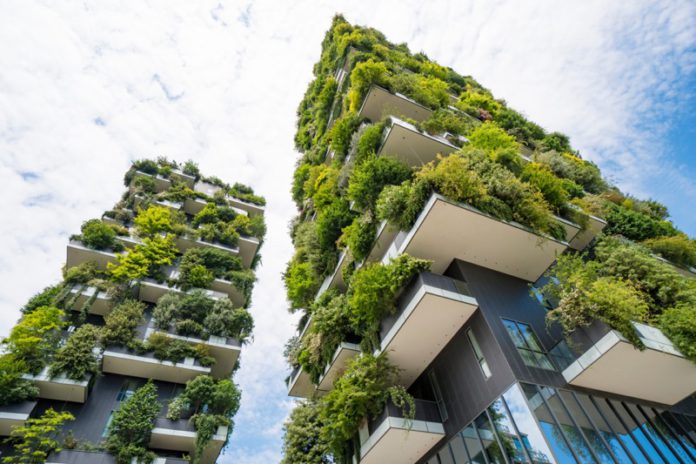As the world focuses more on sustainability, the construction industry has the opportunity to make a positive impact on the environment while still being efficient and maintaining quality. With everyone talking about climate change, the concept of sustainable building is now seen as a responsible and innovative solution.
In this article, we’ll explore five techniques that are changing the game in construction. These practical options can help cut down on carbon emissions and make buildings more eco-friendly. From using renewable energy to recycling materials and trying out new construction methods, each technique is a step towards a greener future.
By using these strategies, architects, engineers and builders can create buildings that not only meet the needs of today but also help the planet. Embracing sustainability in construction isn’t just a trend – it’s the way forward to create a better, healthier world for future generations.
Let’s dive in.
1. Green Building Materials
Green building materials are changing the game in construction, putting sustainability and environmental responsibility front and centre. These materials are sourced and made in ways that are kind to the planet, making a big difference in how we build.
Take recycled materials, for example – using reclaimed wood and recycled steel cuts down on the need for new resources and keeps waste out of landfills. There are also natural materials like bamboo, cork and straw, which are renewable and have a low impact on the environment.
Moreover, we’ve got innovators like sustainable concrete companies and photovoltaic glass manufacturers who are creating effective alternatives. By using these eco-friendly construction materials, we’re not just building better buildings – we’re creating healthier indoor spaces and making the world a greener, more sustainable place to live.
2. Energy Efficiency Through Innovative Design
Innovative design is changing how we think about architecture and construction, especially when it comes to energy efficiency. With climate change on everyone’s minds, this approach is all about maximising smart technology and careful planning to use less energy while enhancing performance to improve results.
Passive design techniques, such as using the building’s orientation, natural ventilation, and materials that hold onto heat, help cut down on the need for air conditioning or heating systems. Other high-tech ideas include buildings that can control their own systems to save energy or shades that adjust automatically to keep the sun out.
By prioritising energy efficiency during construction, buildings can reduce their carbon footprint, save money on running costs, and make life better for the people inside. It’s all part of building a future that’s greener and healthier for everyone.
3. Water Conservation and Management Strategies
Water is extremely important for construction projects, which is why construction companies need to be smart about how they use it.
One way to do that is by setting up rainwater harvesting systems which collect rainwater so it can be used for tasks like watering plants and flushing toilets. This, in turn, would reduce the reliance on water from the city supply. Another trick is greywater recycling, where water is reused from sinks, showers, and laundry. That way, buildings can cut down on how much water they use.
Additionally, installing water-efficient fixtures like low-flow toilets and faucets can further help reduce wastage as they don’t use as much water. By putting these ideas into action, we can save water, take some pressure off water habitats, and make sure there’s enough for the future.
4. Reducing Waste and Pollution
Cutting down on waste and pollution during construction is crucial for keeping our impact on the environment in check and moving towards a more sustainable future. This can be done by using smart methods like lean construction practices and prefabrication techniques, which use materials more efficiently and produce less waste.
Making sure that there are solid construction waste management plans in place is also key. That means sorting materials properly, recycling wherever possible, and safely disposing of waste to cut down on pollution risks. Moreover, choosing eco-friendly building materials that have lower carbon footprints and emit fewer volatile organic compounds (VOCs) helps keep pollution in check while building.
There are also other technologies like modular construction and 3D printing, which make the whole building process more streamlined and cut down on waste. By putting these measures first, construction projects can make a big dent in their environmental impact and do their part to keep our planet clean and healthy.
To Wrap Up
Going green in construction isn’t just a good idea – it’s essential if we want a healthier planet. Construction companies have to start prioritising eco-friendly building materials, designs that save energy, smart water conservation, and cutting down on waste.
These tricks don’t just help us save resources and reduce pollution, they also make our buildings tougher and better able to handle whatever comes their way. As the ones looking after this planet, it’s up to us to make sure sustainability is at the heart of everything we build.
If we all pitch in and stick to green principles, we can create a future where our buildings work with nature, making a world that’s beautiful and full of life for years to come.




